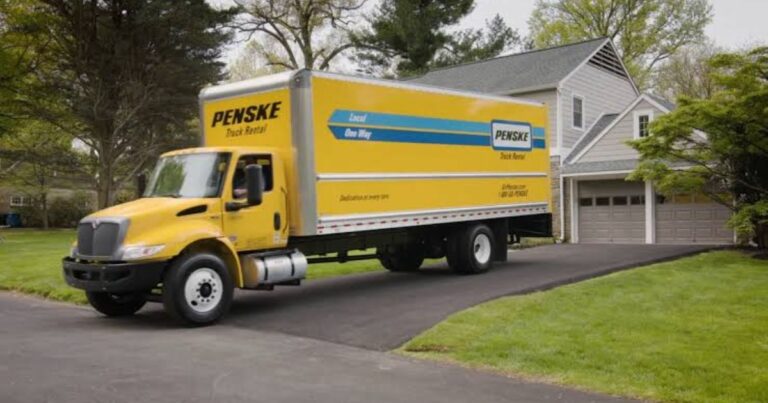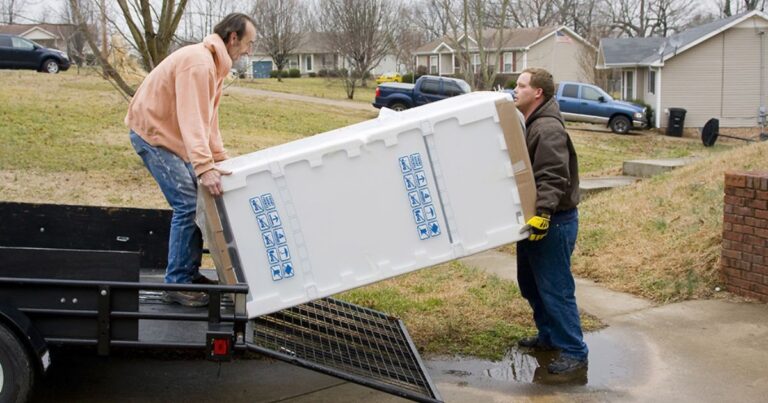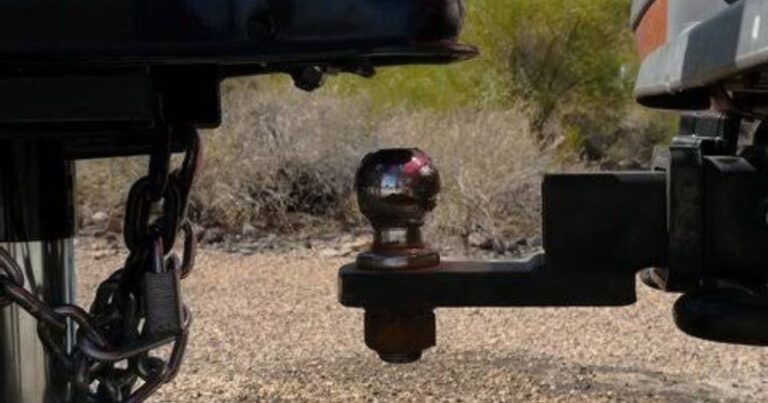
Installing a receiver hitch on your vehicle allows you to tow trailers, bike racks, and cargo carriers. With the right tools, you can complete this job in 30-60 minutes.
1. Gather Tools & Materials
📌 You’ll need:
✔ Receiver hitch (compatible with your vehicle)
✔ Socket wrench set
✔ Torque wrench
✔ Jack & jack stands (optional for clearance)
✔ Rust penetrant (WD-40) for stuck bolts
✔ Drill & bits (if new holes need to be made)
2. Prepare Your Vehicle
🔹 Park on a level surface – Engage the parking brake.
🔹 Locate the mounting points – Most vehicles have pre-drilled frame holes for easy hitch installation.
🔹 Spray rust penetrant – If bolts are corroded, apply WD-40 and let them sit for a few minutes.
3. Position the Hitch
✔ Lift the hitch receiver – Use a jack stand or ask for help to hold it in place.
✔ Align the hitch holes – Line up the hitch bracket holes with the vehicle’s frame holes.
4. Secure the Hitch
🔧 Insert bolts & washers – Hand-tighten all bolts before fully tightening.
🔩 Torque the bolts – Use a torque wrench to secure the bolts to the manufacturer’s recommended torque setting.
5. Install the Hitch Ball Mount (If Required)
✔ Insert the hitch ball mount into the receiver.
✔ Secure it with a hitch pin and clip.
6. Test for Stability
🚛 Pull on the hitch to check for movement. If it’s loose, re-tighten the bolts.
FAQs
1. Can I install a receiver hitch on any vehicle?
Yes, but ensure the hitch is compatible with your vehicle’s make, model, and towing capacity.
2. How long does installation take?
Most installations take 30-60 minutes, depending on experience.
3. Do I need to wire my vehicle for trailer lights?
Yes, if towing a trailer, you need a wiring harness for brake and turn signals.
4. How much does a hitch installation cost?
DIY costs $100-$300 for parts. Professional installation can cost $300-$600.
5. What hitch class do I need?
- Class I-II for light loads (bike racks, small trailers).
- Class III-IV for larger loads (campers, boats, heavy trailers).
- Class V for heavy-duty towing (large trailers, equipment).
Final Thoughts
Installing a receiver hitch is a straightforward DIY job if your vehicle has pre-drilled mounting holes. By lining up the mounting holes, securing bolts correctly, and using a torque wrench, you can safely install a hitch and start towing! 🚗🔗
Also check:






One Comment